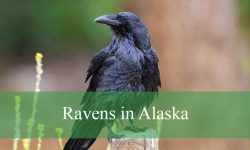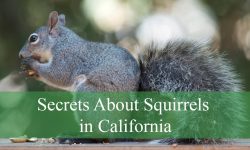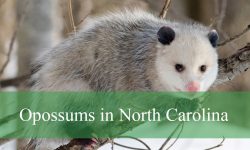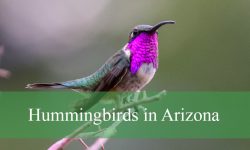California, with its diverse landscapes ranging from coastal regions to mountains and deserts, is home to an interesting variety of wildlife. Among the often misunderstood mammals that roam the state’s natural areas, skunks stand out for their distinctive appearance and notorious defense mechanism.
While many people may think of skunks as a single species, California actually hosts several different types of skunks, each with unique traits and behaviors adapted to their local habitats.
This article explores three main types of skunks found across California, providing detailed descriptions, identification tips, sizes, behaviors, and their preferred environments within the state.
Introduction to Skunks in California
Skunks belong to the family Mephitidae and are widely known for their ability to spray a potent and unpleasant odor as a defense against predators. These small to medium-sized mammals play important roles in California’s ecosystems by controlling insect and rodent populations. Understanding the distinct species present in California can help residents and nature lovers recognize these creatures in the wild and appreciate their ecological significance.
In California, the three primary types of skunks you are likely to encounter are the Striped Skunk (Mephitis mephitis), the Spotted Skunk (Spilogale gracilis), and the Hooded Skunk (Mephitis macroura). Each species has adapted to different regions and habitats in the state, and they exhibit variations in markings, size, and behavior.
Striped Skunk (Mephitis mephitis)

Physical Characteristics and Identification
The Striped Skunk is the most widely recognized skunk species in North America and is also the most common across California. It is instantly identifiable by its bold black and white fur pattern. The primary feature is a pair of prominent white stripes running from the head down the back, typically splitting into two as they reach the shoulders and then merging again near the tail base. These stripes stand out vividly against the jet-black fur covering the rest of the body.
Adult Striped Skunks generally measure between 20 and 30 inches in length, including the bushy tail which itself can be 7 to 10 inches long. Their weight ranges from 4 to 10 pounds, with males typically larger than females. The body is stocky with short legs, and the fur is dense and soft, helping them withstand cold California winters. The tail is especially fluffy and acts as a visual warning when raised during defensive displays.
Behavior and Temperament
Striped Skunks are mostly nocturnal creatures. They spend their nights foraging for food, which primarily includes insects such as beetles and grasshoppers, small rodents, bird eggs, and fruits. In California’s agricultural regions, they can be beneficial by controlling insect pests that affect crops.
When threatened, Striped Skunks usually provide several warning signs before spraying their infamous musk. These include stamping their front feet, raising their tail, and producing a loud hissing or growling sound. If the threat persists, the skunk sprays a sulfurous, oily liquid that can travel up to 10 feet with pinpoint accuracy. The spray is powerful enough to deter most predators and is difficult to remove.
Striped Skunks in California often dig their own burrows or take over abandoned dens from other animals. They prefer to stay hidden during the day in these safe retreats. During colder months, they enter a state of torpor, reducing activity but not fully hibernating.
Habitat and Distribution in California
This species is highly adaptable and can be found across most of California, from the coastal plains and urban neighborhoods to mountain foothills and valleys. Their ability to thrive in both wild and suburban environments makes them one of the most visible skunk species in the state.
In suburban areas, they are often spotted rummaging through trash or hiding under porches and sheds. Despite occasional conflicts due to their spray, Striped Skunks generally avoid direct contact with humans.
Western Spotted Skunk (Spilogale gracilis)
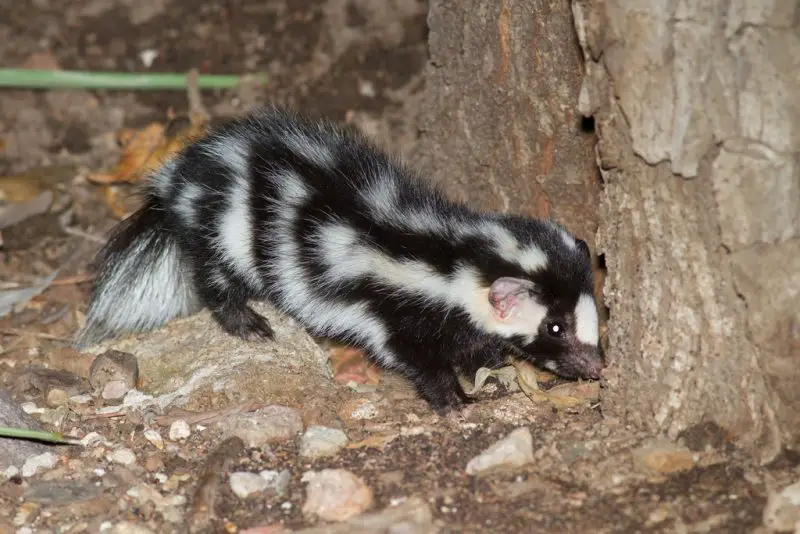
Physical Characteristics and Identification
The Western Spotted Skunk is smaller and less well-known than the Striped Skunk but boasts a striking and unique coat pattern. Instead of continuous stripes, the Western Spotted Skunk’s black fur is interspersed with broken white stripes and spots, creating a patchy or checkerboard effect. These markings often extend onto the face, legs, and tail, making it one of the most visually distinctive skunks in California.
Western Spotted Skunks measure about 15 to 20 inches long including the tail, which is bushy but generally shorter than that of the striped skunk. They weigh approximately 1.5 to 3 pounds, making them much lighter and more agile. Their slender bodies and pointed faces give them a more delicate appearance compared to the bulky Striped Skunk.
Behavior and Temperament
The Western Spotted Skunk is known for its remarkable agility and unique defensive behavior. Unlike the Striped Skunk, it often stands on its front legs and raises its hindquarters in a handstand-like posture when threatened. This unusual display serves as a warning before it sprays.
Western Spotted Skunks are primarily nocturnal and solitary. They feed on a variety of foods, including insects (especially beetles and grasshoppers), small mammals, birds, eggs, fruits, and berries. Their smaller size and ability to climb trees and shrubs allow them to exploit different food sources than the larger striped skunk.
This species tends to be more secretive and elusive, making it less commonly seen by humans. However, their presence is vital for maintaining healthy ecosystems by controlling insect and rodent populations.
Habitat and Distribution in California
Western Spotted Skunks prefer more forested, brushy, and rugged terrains than striped skunks. In California, they inhabit chaparral, woodlands, and mountainous regions, often found in the foothills and mid-elevations of the Sierra Nevada and Coast Ranges. Their distribution is more patchy and localized compared to striped skunks, reflecting their need for dense cover and secure den sites.
They often use hollow logs, rock crevices, and abandoned burrows for shelter. This species is less tolerant of urban environments but may occasionally be found in the outskirts of towns where suitable habitat remains.
Hooded Skunk (Mephitis macroura)
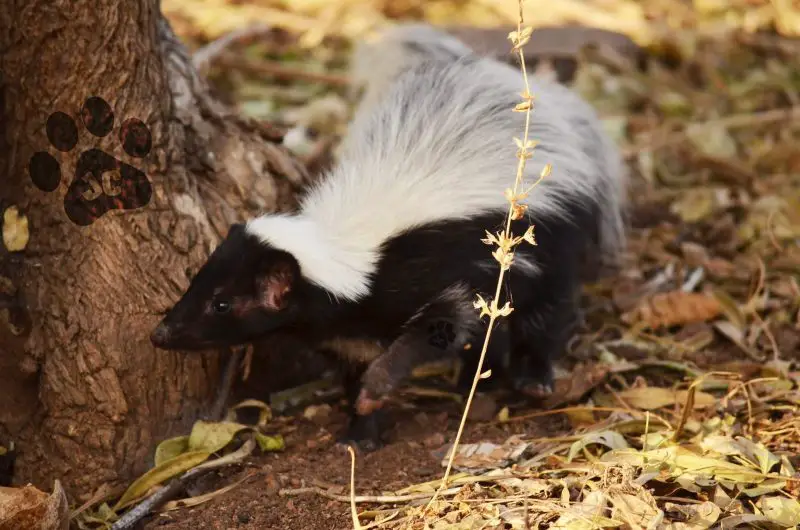
Physical Characteristics and Identification
The Hooded Skunk, sometimes referred to as the Western Hooded Skunk, has a slender, elongated body with distinctive markings that differ from both the striped and spotted skunks. Its fur is primarily black, but a large white patch forms a “hood” over the head and neck, extending irregularly down the back in a narrow stripe. This “hood” gives the species its name and provides a unique silhouette.
Adult hooded skunks measure approximately 18 to 25 inches in total length. They weigh between 2.5 and 6 pounds, placing them between the sizes of the Western Spotted and Striped Skunks. Their tail is bushy and usually has a white tip, adding to their striking appearance. The slender limbs and longer nose distinguish them further from their stockier relatives.
Behavior and Temperament
The Hooded Skunk shares many behavioral traits with other skunks but exhibits some subtle differences. They are nocturnal and solitary, spending most of their time foraging on the ground. Their diet is omnivorous, including insects, small vertebrates, fruits, and eggs. They are known to be less aggressive than the striped skunk but still rely on their powerful spray for defense.
Their elongated body shape and ability to move quickly help them escape danger. When confronted, hooded skunks raise their tail as a warning and may stomp their feet or hiss. The musk they spray is similar in potency to that of other skunks.
Habitat and Distribution in California
Hooded Skunks are primarily found in southern California, especially in areas characterized by chaparral, coastal sage scrub, and dry woodland habitats. They prefer rugged terrain with plenty of natural cover such as rocks, shrubs, and fallen logs.
Their distribution in California is relatively limited compared to the other two species, and they are often found at lower elevations in the southern part of the state. Despite this limited range, hooded skunks contribute importantly to pest control and the food web in their specific habitats.
How to Identify Skunks in the Wild in California
Identifying skunks can be straightforward when paying attention to size, markings, and behavior. Striped skunks are the largest and most common with bold, continuous white stripes. Spotted skunks are smaller, with a unique spotted and broken stripe pattern, often agile and able to climb. Hooded skunks have a distinctive white hood marking and a slender body, mostly found in southern California scrublands.
Observing their behaviors, such as the spotted skunk’s handstand warning or the striped skunk’s foot stomping, can also aid identification. Photographs and careful observation at a safe distance help appreciate these creatures without disturbing them.
Conclusion
California’s natural heritage includes a fascinating trio of skunk species, each adapted to different environments across the state. The striped skunk is the most widespread and iconic, while the spotted and hooded skunks bring unique features and behaviors that enrich California’s biodiversity.
By understanding how to identify these skunks, recognizing their behaviors, and respecting their habitats, residents and visitors can coexist peacefully with these valuable mammals. Whether encountered in the forests of the Sierra Nevada, the chaparral of southern California, or even suburban backyards, skunks remain an intriguing and essential part of California’s wildlife landscape.
FAQs About Skunks in California
What are the most common types of skunks found in California?
California is home to three primary skunk species: the Striped Skunk (Mephitis mephitis), the Western Spotted Skunk (Spilogale gracilis), and the Hooded Skunk (Mephitis macroura). Each species has distinct markings and habitat preferences within the state.
How can I identify a Striped Skunk in California?
Striped Skunks are easily identified by their bold black fur with two continuous white stripes running from the head to the tail. They are stocky, measuring 20 to 30 inches in length, and are the most commonly seen skunk in California.
What distinguishes the Western Spotted Skunk from other skunks?
The Western Spotted Skunk is smaller and has a unique pattern of broken white stripes and spots on a black background. They are agile climbers and often perform a handstand-like warning behavior when threatened.
Where are Hooded Skunks typically found in California?
Hooded Skunks primarily inhabit southern California, favoring chaparral, coastal sage scrub, and dry woodland areas. Their distinct white “hood” marking makes them recognizable among other skunk species.
Do skunks in California pose a danger to humans or pets?
While skunks are generally not aggressive, they can spray a strong, unpleasant odor when threatened, which can cause temporary irritation. Skunks can also carry diseases such as rabies, so it is advisable to keep pets away and avoid direct contact with skunks.
How do skunks contribute to California’s ecosystem?
Skunks help control populations of insects, rodents, and other small animals, contributing to pest control in both natural and agricultural environments. They also serve as prey for larger predators, supporting the food chain.
What should I do if I encounter a skunk on my property in California?
It is best to avoid sudden movements and give the skunk space to retreat. Secure garbage bins, remove food sources, and block access to potential den sites to discourage skunks from settling near homes. If problems persist, contact local wildlife control for assistance.
Can I tell the difference between skunk species by their behavior?
Yes. For example, the Western Spotted Skunk performs a unique handstand warning, while the Striped Skunk stomps its feet and raises its tail. Observing these behaviors can help in identifying the species.

